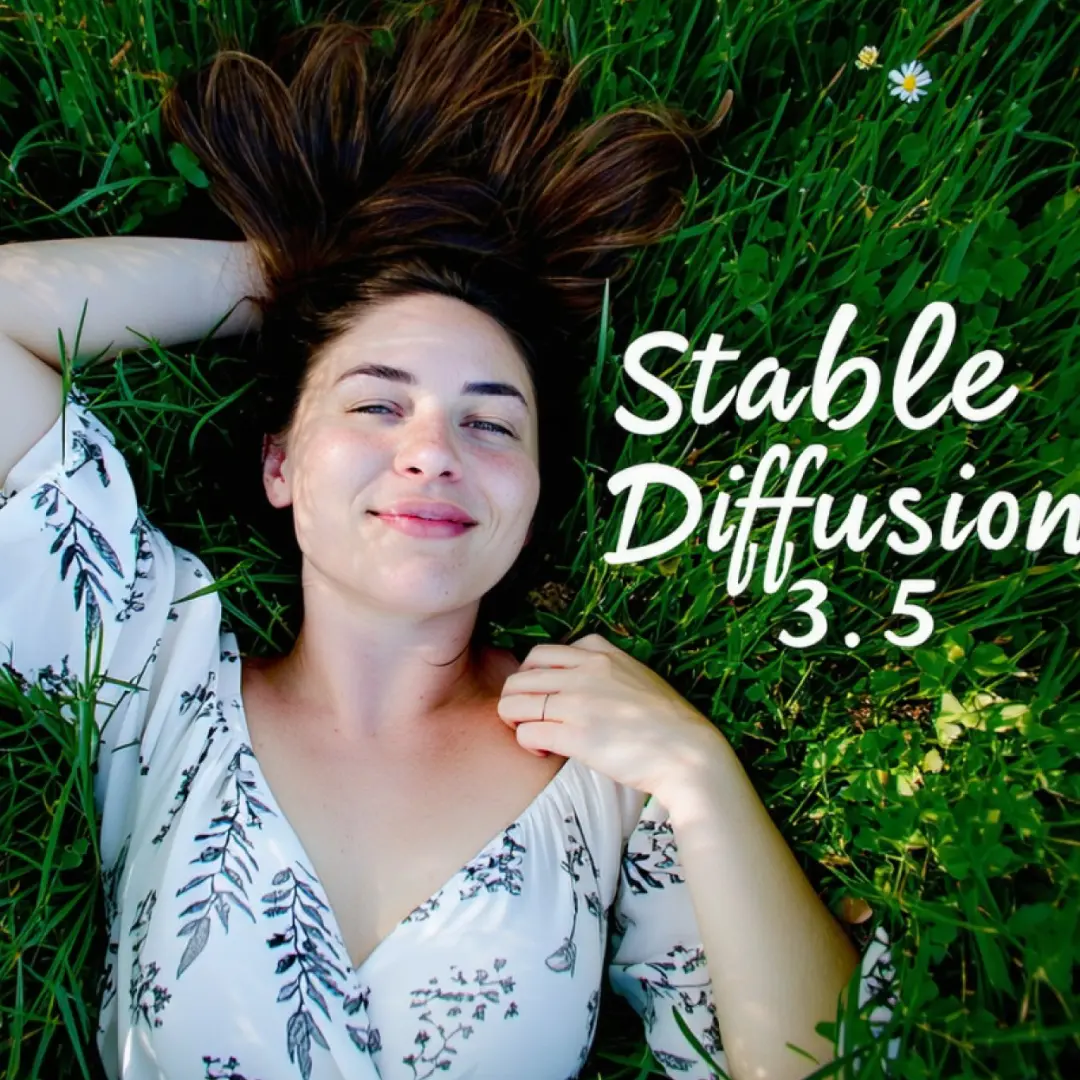ComfyUI Node: OpenSora Decode
OpenSoraDecode
CategoryOpenDiTWrapper
kijai (Account age: 2467days) Extension
ComfyUI-OpenDiTWrapper Latest Updated
2024-07-03 Github Stars
0.04K
How to Install ComfyUI-OpenDiTWrapper
Install this extension via the ComfyUI Manager by searching for ComfyUI-OpenDiTWrapper- 1. Click the Manager button in the main menu
- 2. Select Custom Nodes Manager button
- 3. Enter ComfyUI-OpenDiTWrapper in the search bar
Visit ComfyUI Online for ready-to-use ComfyUI environment
- Free trial available
- 16GB VRAM to 80GB VRAM GPU machines
- 400+ preloaded models/nodes
- Freedom to upload custom models/nodes
- 200+ ready-to-run workflows
- 100% private workspace with up to 200GB storage
- Dedicated Support
OpenSora Decode Description
Transform latent representations into images using VAE model for AI artists visualizing results efficiently.
OpenSora Decode:
The OpenSoraDecode node is designed to transform latent representations into images using a Variational Autoencoder (VAE) model. This node is particularly useful for AI artists who work with latent space manipulations and need to visualize their results as images. By leveraging the VAE model, OpenSoraDecode ensures that the latent samples are accurately decoded into high-quality images. This process involves moving the VAE model to the appropriate device, decoding the latent samples, and normalizing the resulting images to ensure they are within a visually interpretable range. The main goal of this node is to provide a seamless and efficient way to convert latent data into images, making it an essential tool for anyone working with generative models and latent space explorations.
OpenSora Decode Input Parameters:
samples
samples refers to the latent representations that you want to decode into images. These latent samples are typically generated by other nodes or processes within your workflow. The quality and characteristics of the resulting images are directly influenced by the content of these latent samples. There are no specific minimum, maximum, or default values for this parameter, as it depends on the context of your project and the preceding nodes in your workflow.
opendit_vae
opendit_vae is the Variational Autoencoder (VAE) model used to decode the latent samples into images. This parameter should include the VAE model and its associated data type (dtype). The VAE model is responsible for interpreting the latent space and generating corresponding images. The effectiveness and quality of the decoding process depend on the capabilities and training of the VAE model provided. There are no specific minimum, maximum, or default values for this parameter, as it depends on the VAE model you choose to use.
OpenSora Decode Output Parameters:
images
images is the output parameter that contains the decoded images from the latent samples. These images are the final visual representations generated by the VAE model. The output images are normalized to ensure they are within a visually interpretable range, making them suitable for further processing or display. The quality and characteristics of these images depend on the input latent samples and the VAE model used for decoding.
OpenSora Decode Usage Tips:
- Ensure that the latent samples provided to the
samplesparameter are well-formed and representative of the desired output to achieve high-quality images. - Use a well-trained and compatible VAE model for the
opendit_vaeparameter to ensure accurate and high-quality decoding of latent samples. - Normalize the output images if further processing or specific visual characteristics are required for your project.
OpenSora Decode Common Errors and Solutions:
"CUDA out of memory"
- Explanation: This error occurs when the GPU does not have enough memory to load the VAE model or process the latent samples.
- Solution: Reduce the size of the latent samples or use a VAE model with a smaller memory footprint. Alternatively, consider using a machine with more GPU memory.
"Invalid device type"
- Explanation: This error occurs when the specified device for the VAE model is not recognized or supported.
- Solution: Ensure that the device type specified in the code (e.g.,
cudaorcpu) is valid and supported by your hardware. Check the device configuration in your environment.
"Model not found in opendit_vae"
- Explanation: This error occurs when the VAE model is not correctly loaded or specified in the
opendit_vaeparameter. - Solution: Verify that the VAE model is correctly loaded and passed to the
opendit_vaeparameter. Ensure that the model file exists and is accessible.
"Tensor size mismatch"
- Explanation: This error occurs when the dimensions of the latent samples do not match the expected input size of the VAE model.
- Solution: Check the dimensions of the latent samples and ensure they match the expected input size of the VAE model. Adjust the latent sample dimensions if necessary.
OpenSora Decode Related Nodes
RunComfy is the premier ComfyUI platform, offering ComfyUI online environment and services, along with ComfyUI workflows featuring stunning visuals. RunComfy also provides AI Playground, enabling artists to harness the latest AI tools to create incredible art.


